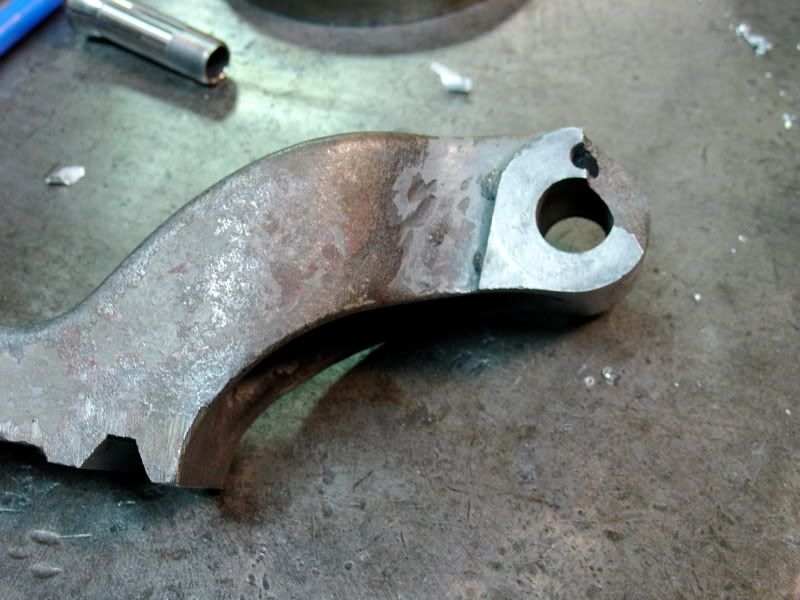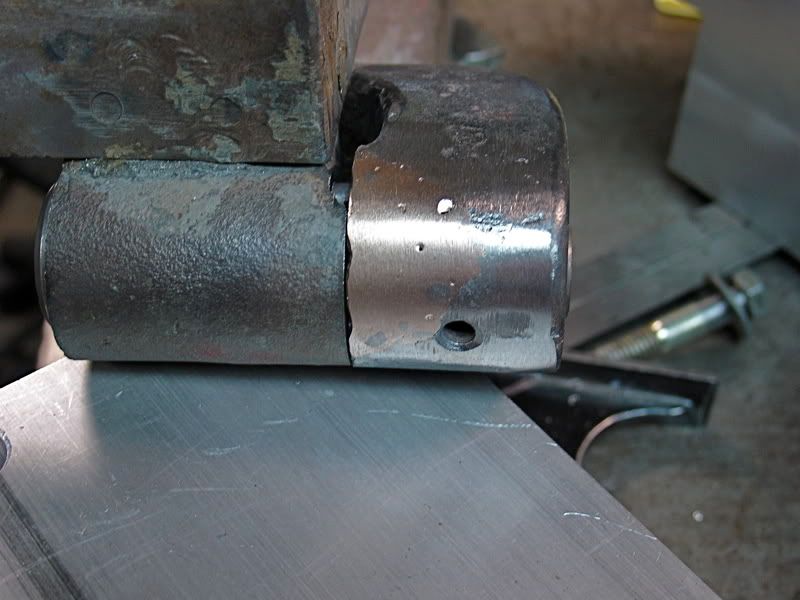enginebuilder
Stainless
- Joined
- Dec 1, 2005
- Location
- Kalispell, Montana
I have a manual transmission case that has a small crack, No structural issues, it simply leaks a little gear lube. normally I wouldn't bother , except this in a race car, and if oil drips on the exhaust (smoke) you're going to the pits due to a black flag. Not quite sure I'd trust JB weld or similar due to proximity of a very hot exhaust pipe. Tig brazing would likely be the easiest repair, but I have never attempted it before. Plenty of torch brazing, mig, tig and stick.
I thought by tigging, I might be able to due in small sections and not have to disassemble the whole thing.
Any advice from you more seasoned fellows?
TIA
Jim
I thought by tigging, I might be able to due in small sections and not have to disassemble the whole thing.
Any advice from you more seasoned fellows?
TIA
Jim







